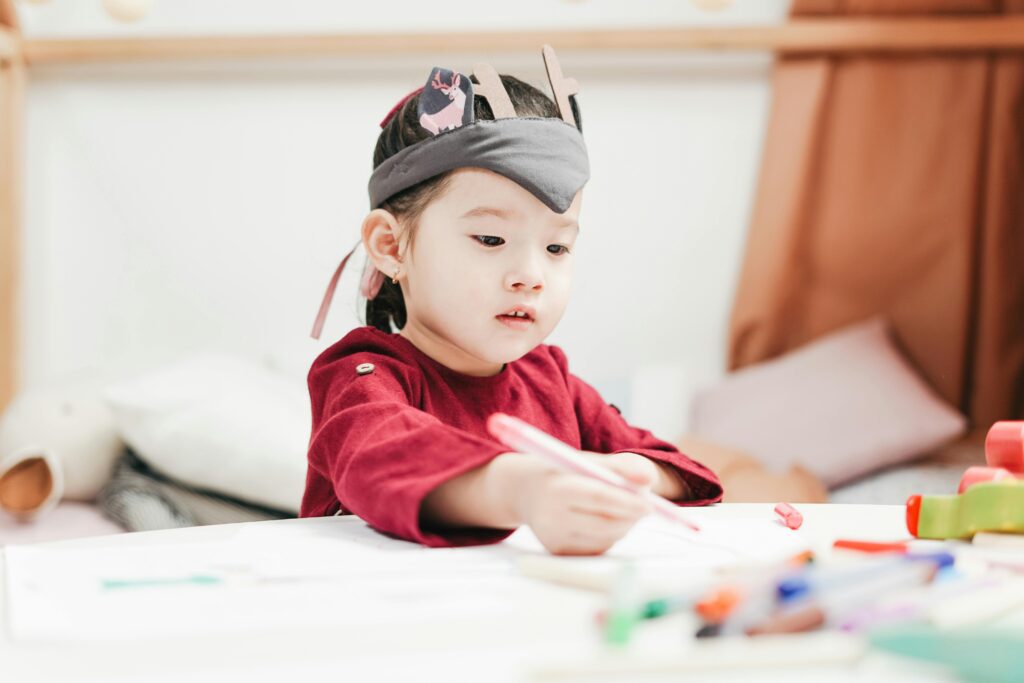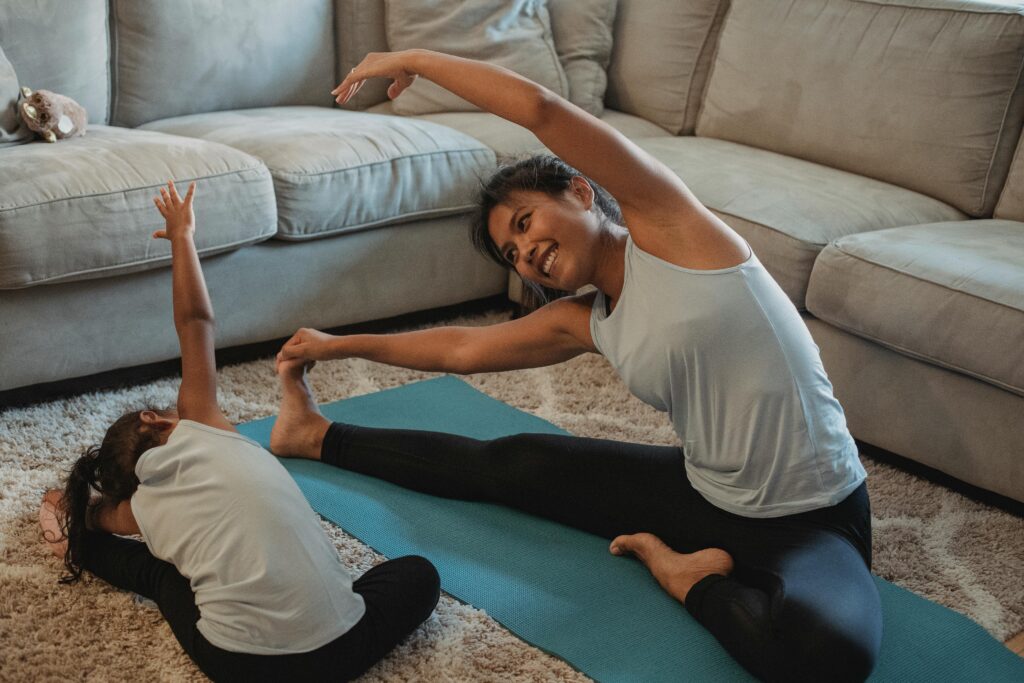It is normal for the children and teens of today to experience varying levels of anxiety and stress.
Their common sources of stress are academic challenges, difficulty in maintaining satisfying social connections, and concerns about their physical appearance, especially as they grow up.
It is crucial that we, as parents, help them navigate these challenges. With social media amplifying their feelings of inadequacy—constantly comparing themselves to the idealized versions of their peers they see online—the pressure on our kids has skyrocketed.
So how do we help them deal with anxiety and stress?
Encourage Open Conversations
Many children bottle up their worries, unsure of how to express them or fearing judgment. As parents, we need to create a safe space where they feel comfortable sharing their struggles without fear of criticism. Simple acts like listening attentively, validating their feelings, and reassuring them that it’s okay to feel stressed can make a huge difference. When children know they are heard and understood, their anxiety often eases.

Teach Healthy Coping Strategies
Instead of allowing stress to overwhelm them, children need practical tools to manage it. Encourage simple, effective techniques like deep breathing, journaling, or engaging in physical activities. Hobbies such as drawing, playing a musical instrument, or even taking a walk can serve as healthy outlets. By guiding them toward constructive coping mechanisms, we help them build resilience and emotional strength.

Model a Balanced Approach to Life
Children learn best by observing the adults around them. If we, as parents, are constantly anxious, overworked, or glued to our phones, they will absorb those habits. Instead, we should demonstrate a balanced approach—prioritising rest, setting realistic goals, and handling stress in a healthy manner. When they see us taking care of our own well-being, they are more likely to do the same.

In closing, anxiety and stress are part of life, but they don’t have to control our children’s well-being. By being present, equipping them with the right tools, and modelling a healthy mindset, we can guide them through these challenges with confidence. Most importantly, they need to know they are never alone in their struggles—we are always here for them.

